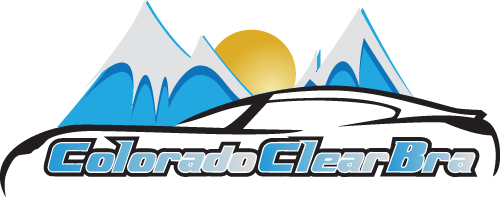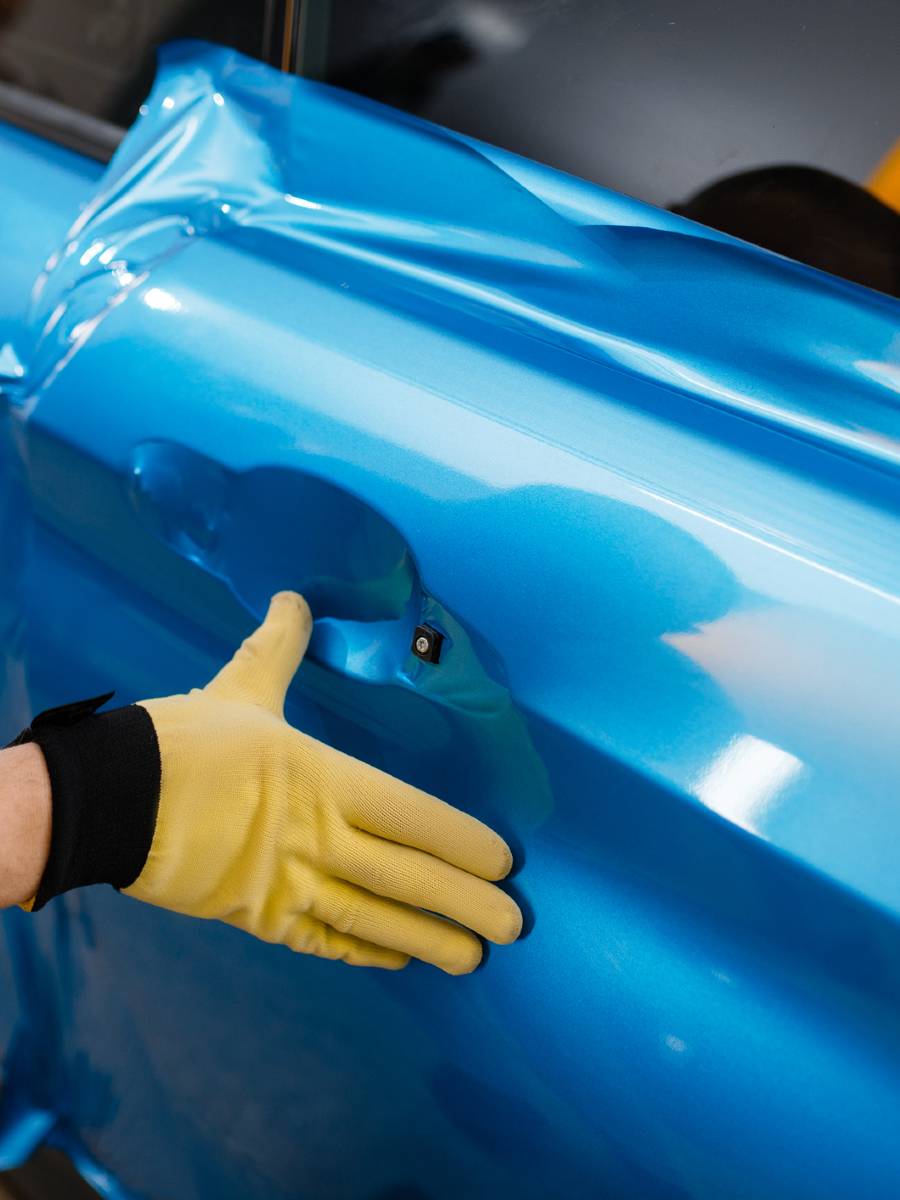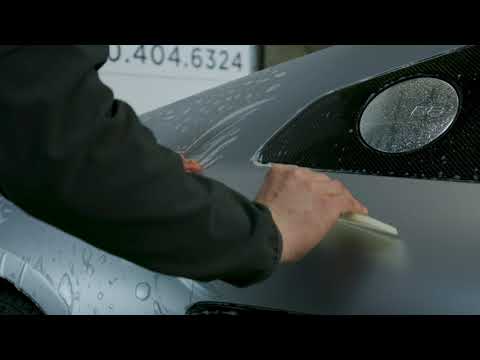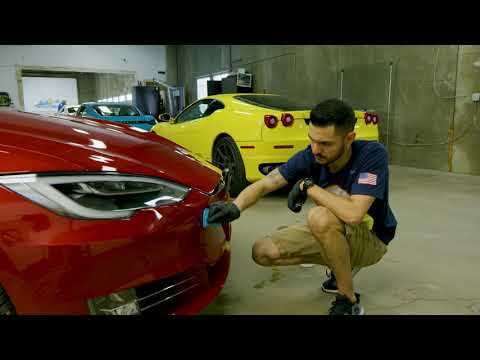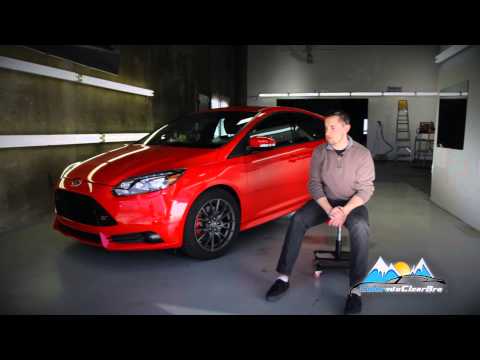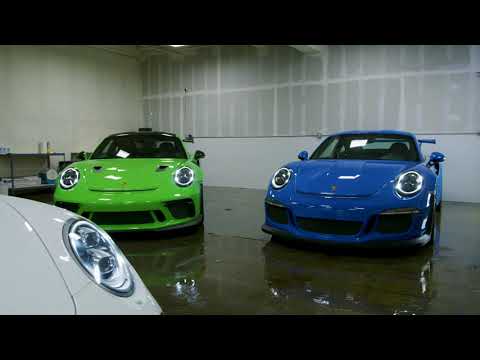Starting the journey to make your vehicle look new again is exciting. Participating in a Paint Correction Process is vital for anyone wanting a perfect paint finish. This finish will look just like those in a showroom. The process is great for car lovers who are doing it themselves or those who are picking a professional paint correction. It gets rid of many flaws found on car paint surfaces. So, understanding paint correction is key if you're looking for a minor update or a major automotive paint restoration. It brings your car back to its best look. Let's get ready to walk you through this educational journey on how to detail your car. We'll show you how to get that amazing shine you see in paint detailing service studios.
In today's vehicle care guide, paint correction stands out for those aiming for top-notch car maintenance. This detailed process protects your car's beauty and adds to its look and value over time. If you dream of seeing a flawless paint finish, explore this transformative practice with us.
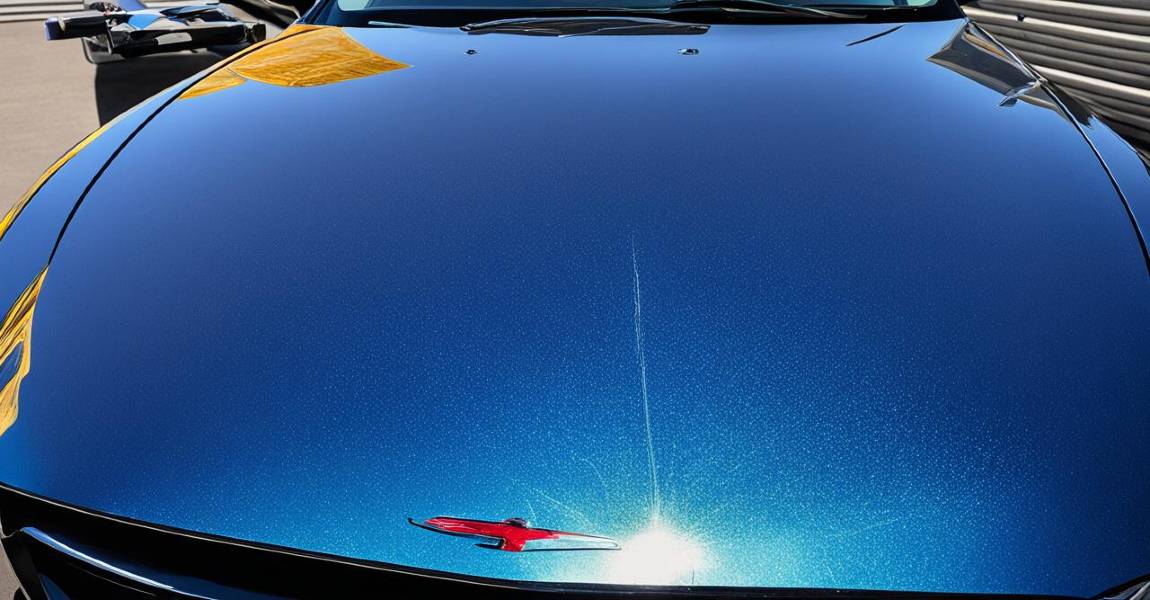
Table of Contents
- Understanding the Car Paint Correction Process
- What Is Paint Correction?
- Benefits of Professional Paint Correction Work
- Evaluating Your Vehicle's Paint Condition and Paint Defects
- Preparing Your Car for Proper Paint Correction
- Paint Correction Process Techniques
- Executing the Paint Correction Steps
- Achieving a Flawless Paint Finish
- Conclusion
- FAQ's
Understanding the Car Paint Correction Process
Understanding paint correction is key to keeping your car looking new. It's not just a beauty fix but a deep care for your car's exterior. This guide will explain paint correction, its benefits, and when it's time to call in the pros.
The clear bra paint correction process is a specialized technique designed to enhance and protect the vehicle's exterior by applying a clear, protective film over the paint. This film acts as a barrier against scratches, rock chips, and contaminants, maintaining the car's pristine condition and gloss without altering its original color.
What Is Paint Correction?
What is it, and what does paint correction do? Paint correction is about fixing your car's paint flaws. It removes swirls, scratches, and fading caused by sun or age. Professionals can make your car’s paint look flawless again using machines and special products. Learn more about Automotive Paint Protection Film (PPF) in our Comprehensive Guide.
Benefits of Professional Paint Correction Work
Professional paint correction begins with removing surface contaminants. It makes your car look great and protects it, too. The process removes damage and adds a shield against UV rays, rain, and dirt, keeping your car shiny and reducing wear over time.
- Ceramic coatings bond with the car’s surface, protecting it longer than waxes or sealants.
- This barrier fights marks and scratches, keeping your car’s finish shiny even in tough weather.
- Getting this service raises your car’s value, making it a wise choice for the long haul.
When Should You Seek Paint Correction Service?
Knowing when to get paint correction can save your car from serious damage. Look for signs like less shine, visible flaws, or a rough feel after washing the car. Paint correction can benefit both brand new cars and older cars, fixing defects from the factory or shipping.
By understanding paint correction and seeking timely professional help, your car will look amazing and be well-protected against daily challenges.
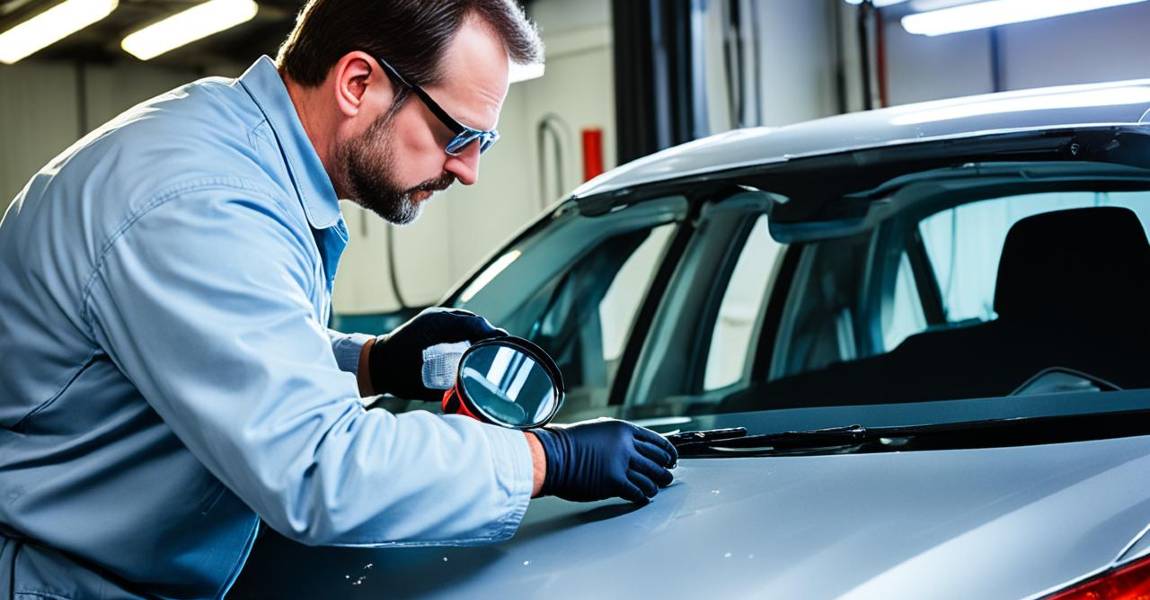
Evaluating Your Vehicle's Paint Condition and Paint Defects
Correcting paint begins with a detailed car paint check. This shows how your vehicle's finish looks right now. It's vital to look for paint damage signs like fading, scratches, and marks, which could indicate the need for a correction stage. The type and depth of these flaws show how much work is needed.
Not all paint flaws are alike. Minor swirls might only need polishing to shine again, but deeper scratches require more work. With over twenty years of experience in car detailing, we suggest inspecting under LED lights. This method shows flaws that normal lights might miss.
Measuring your vehicle's paint thickness is also crucial. An affordable paint depth gauge can help avoid taking off too much clear coat, which can damage the paint. Generally, a car's clear coat is 1.5 to 2 mils thick. This information is key for safely fixing paint issues.
If you find tough paint transfer, try clay towing before using harsh chemicals. Doing paint correction yourself can give good results with enough practice and the right tools. Yet, talking to pros like Colorado Clear Bra guarantees safe and great results.
- Paint correction costs can range from $100 to $125 per hour, with the labor intensity directly related to the paint condition.
- A comprehensive paint correction process at a dedicated shop might take two days, influenced by the car's paint state upon arrival.
- Auto detailers often base charges on the extent of correction—a per scratch or per panel fee structure.
- An investment in detailing tools, including quality lighting, can enhance your ability to detect and rectify paint imperfections.
Choosing to handle paint correction yourself or leaving it to experts, starting with a proper paint assessment, is key. It lays the groundwork for making your car look its best again.
Preparing Your Car for Proper Paint Correction
Starting your paint correction means preparing your car well. A super clean surface is key to seeing all the blemishes. At Colorado Clear Bra, they know this first step matters a lot for a great outcome.
Thorough Cleaning and Decontamination
Your car gets dirty daily from things like road tar and tree sap. These hide your paint's real condition. At Colorado Clear Bra, they say proper cleaning and decontamination are critical. It ensures nothing ruins the paint correction process.
Surface Prep Detail and Masking Delicate Areas
Preparing the surface for paint correction is more than just a simple wash. It's about paying close attention to each detail. In the process, they cover up parts like trim and emblems to protect them. This stops any damage from the polish.
Paint Thickness Measurement
Checking paint thickness Cleaning your car with a foam solution is a must but often missed step. It shows if the paint or the layer of clear coat has gotten thinner. This knowledge stops over-polishing and saves your car's paint. Trust our professional experts to measure your paint with great care.
Following these steps is key if you want your car to look its best. For more info or to set up a visit, check out Colorado Clear Bra. Visit their Arvada, Colorado location for top-notch service.
Paint Correction Process Techniques
Paint correction techniques do more than make your vehicle look good. They're essential for keeping it in top shape. Professional detailers at our shop have been refining these methods since 2015. They work on all kinds of cars, from exotics to classics, ensuring each one is free from foam residue and other contaminants. The goal is to fix flaws like haze, light scratches, and swirl marks. This makes the paint look as good as new.
Choosing the Right Polishing Tools
Choosing the right tools is key in paint correction. Rotary or dual-action polishers are top choices. They make a big difference in the final look. An electric polisher with the right compounds removes just enough of the top layer. This avoids taking off too much. These polishers work at speeds perfect for not harming your car’s paint layers.
Polishing for Swirl Mark Removal
Getting rid of swirl marks takes skill and the right approach. Polishing is the main way to do it. The technique has to gently fix the surface flaws. A smooth hand and consistent speed are critical. They make the scratches disappear, leaving a smooth, shiny surface behind. Remember, even expensive cars can get these marks, sometimes from car washes or harsh polishing.
Repairing Deep Scratches
Fixing deep scratches shows off your skill in bringing back a car's shine. It's a careful process that may involve sanding, applying compounds, and polishing. Each step needs to be done with care. This ensures the paint looks perfect without harming the clear coat or the color underneath.
Experts stress the importance of paint correction because they understand car paint and how to correctly fix it. Seeing your car go from worn to shiny shows how amazing paint correction is. Our team and others offer this great service to car lovers who want the best for their cars.
Executing the Paint Correction Steps
When executing paint correction steps, know the severity levels and the detail needed. It's key to making your car's exterior look renewed. First, identify the imperfection level on your vehicle. This is the first move in the step-by-step paint correction process.
Level 1 correction deals with minor surface flaws like light scratches and blemishes. It suits if the damage hasn't gone deep. Level 2 correction fixes moderate to heavy issues such as swirl marks and oxidation. It's for regularly used vehicles. The most thorough Level 3 correction tackles deep scratches and severe oxidation.
To prepare, you need the right gear. This includes a good polishing machine, different abrasion pads, compounds, a paint thickness gauge, and soft microfiber towels for finishing touches.
- Start with a deep wash to remove surface dirt and debris.
- Check your paint's depth with the thickness gauge. This guides how intense your correction can be.
- Choose a polish pad and compound that matches your correction needs. Always start soft, using a foam pad for initial application to avoid unnecessary abrasion.
- Polish your car in small areas, keeping pressure even on the car's surface.
- Keep checking your work to make sure you're fixing flaws without adding damage. Executing paint correction steps carefully will make your paint look brand new.
In summary, successfully completing the paint correction process involves understanding your paint's condition, choosing the right tools, and polishing carefully. Following these steps closely helps avoid mistakes and results in a perfect paint job. It beautifies your vehicle and maintains its value and integrity.
Achieving a Flawless Paint Finish
Having your car look its best starts with a perfect paint job. Getting that flawless finish is both an art and a skill. It takes time and patience, sometimes a few hours or even days. But, the effort pays off in the form of reduced water spots and protection against environmental contaminants. If you take good care of your paint, like regular waxing, you might only need a touch-up every two or three years.
Polishing to Perfection
Not all paint issues are the same, so there are different ways to polish. If done right, polishing can make your car's paint shine up to 50% more. That's according to the Journal of Automotive Engineering. But remember, some scratches are too deep. They may need a repaint to fix them fully. Machine polishing is another alternative to polish the paint.
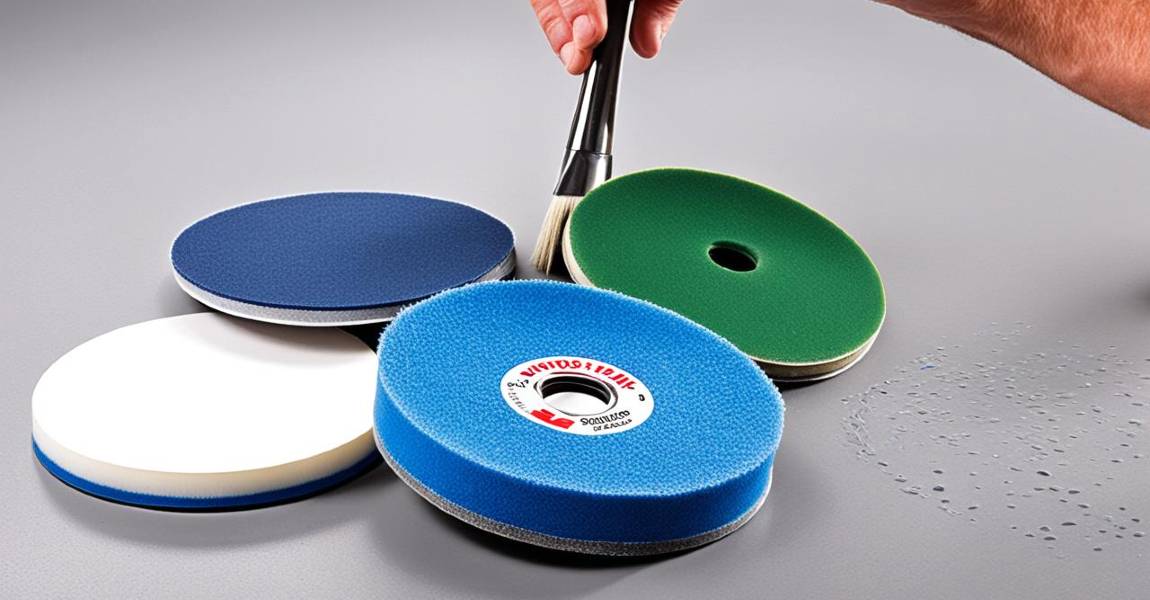
Care After Correction: Maintaining the Shine
After fixing your paint, the next step is keeping it shiny. How you care for your car affects how long the shine lasts. Waxing often can protect your car from the weather, helping it stay shiny longer, even between professional fixes.
Paint Protection Solutions
Protecting your car's paint is essential to keep it looking new. About 85% of auto customers see paint correction as a smart investment. It even increases your car's value when you sell it. Options like ceramic coatings protect against many things, like UV rays and other environmental factors. They make your car's finish last longer than wax, increasing its resale value.
Ceramic coatings can transform how you protect your vehicle, offering a resilient barrier that maintains paint shine and can sustain its protective properties for 3 years or more.
Ultimately, a great paint job comes from good polishing and protection. Investing in professional paint correction and care makes a big difference. It makes your car look better and worth more.
Key Takeaways
- Understand the critical nature of the paint correction process and its frequency for maintaining aesthetic excellence.
- Recognize the superior outcomes yielded using specialized tools like dual-action polishers and rotary buffers.
- Learn the distinction between compounds and polishes and their specific roles in remedying variegated paint defects.
- Discover how to use a paint thickness gauge to achieve the delicate balance of paint correction depth.
- Explore the protective benefits of ceramic coatings for your vehicle. Paint protection is essential to prevent etching and water spots caused by mineral deposits. Films post-correction.
- Appreciate the importance of comprehensive aftercare to extend the shine and longevity of your vehicle’s paint.
Conclusion
We've reached the end of our detailed journey in paint correction. You now know how to enhance your car's look beautifully. It begins with the preparation and detail of your car, cleaning it, and using a clay bar to remove embedded contaminants, clearing the way for what's next. Then, in the Correction phase, special equipment and techniques are used to remove imperfections, using different polishes to match the damage.
The third step, Protection, locks in the results. Paint sealants and waxes act as a barrier, protecting the car's shine from weather and wear. Consider ceramic coatings and Paint Protection Film (PPF) for a stronger defense. They not only add brilliance but also protect against environmental factors. Whether doing a basic paint correction or tackling bigger issues, these steps leave your vehicle looking its best.
This guide has shown you how to achieve a spotless paint job through meticulous detailing and using a clay bar to remove surface contaminants. By protecting your car from swirl marks, scratches, and other damage, you lift its shield. Whether you do it yourself or hire experts, focusing on paint correction creates a deep sense of pride and value in your vehicle.
FAQ's
What Is Paint Correction?
Paint correction is a way to fix imperfections like scratches and swirl marks on car surfaces. It makes the surface smooth and glossy again.
What Are The Benefits Of Professional Paint Correction?
Professional paint correction improves your car's gloss and shine. It adds to the resale value. It also protects from more damage.
When Should You Seek A Paint Correction Service?
You should seek paint correction when you notice swirl marks, scratches, or oxidation on your car. Delaying can cause paintwork damage that can't be fixed.
How Do You Evaluate Your Vehicle's Paint Condition?
Check your vehicle's surface for scratches, swirl marks, and oxidation. Depending on the condition of the paint, this will help you determine how much work is needed and plan for the desired results.
What Steps Are Involved In Preparing Your Car For Paint Correction?
Clean your car thoroughly before paint correction. This gets rid of dirt and grime. Protect delicate areas and measure paint thickness. This prevents damage and ensures the paintwork is preserved.
What Are The Techniques Involved In The Painting Process To Correct Damage?
The process includes selecting the right polishers and abrasive materials. Polishing techniques. It helps remove swirl marks and scratches and will fix the affected area. The correct methods are important for the best results.
What Is The Step-By-Step Process For Paint Correction?
The process for paint correction follows specific steps. Using the right products and techniques is key. This approach ensures the correction is done efficiently and leaves a flawless finish.
How Can You Get A Perfect Finish?
To get a flawless paint finish, you need to do more than correct the paint. Final polishing techniques : Refine the paintwork and remove any marring with a clay bar. Caring for your car’s paint after correction keeps it shiny and long-lasting. Use paint protection solutions for maintenance.
